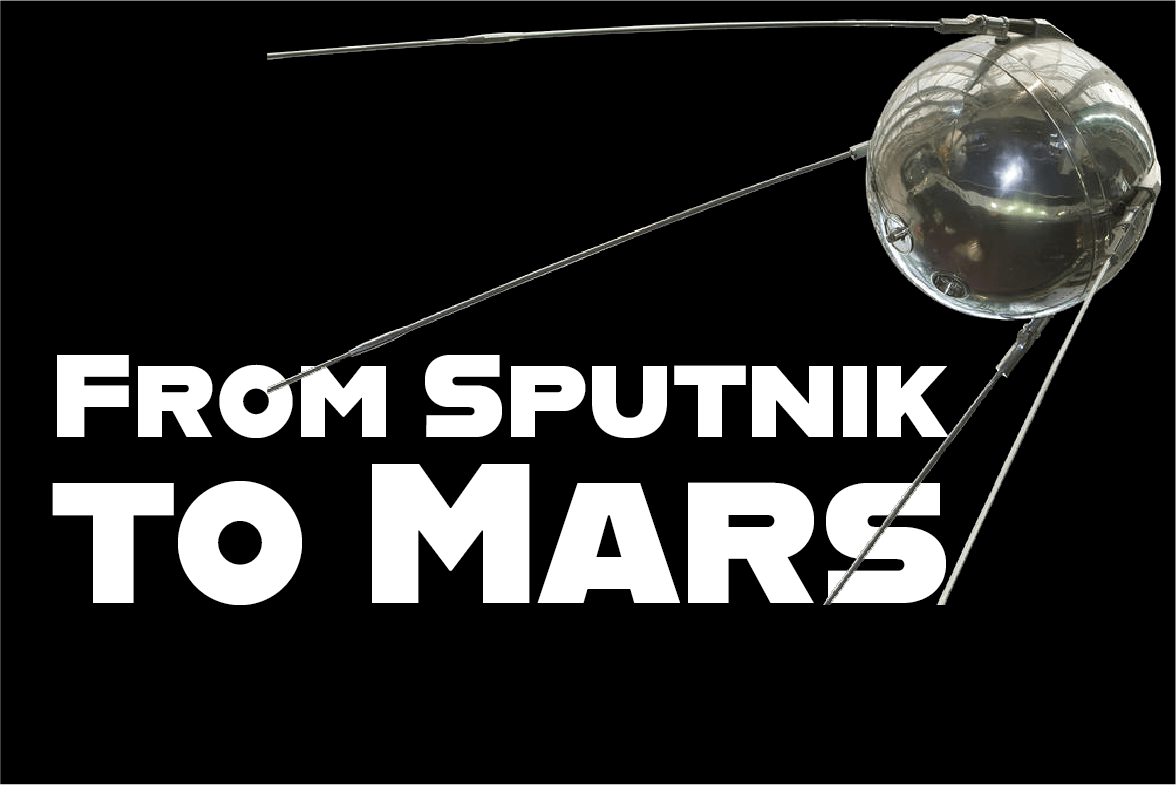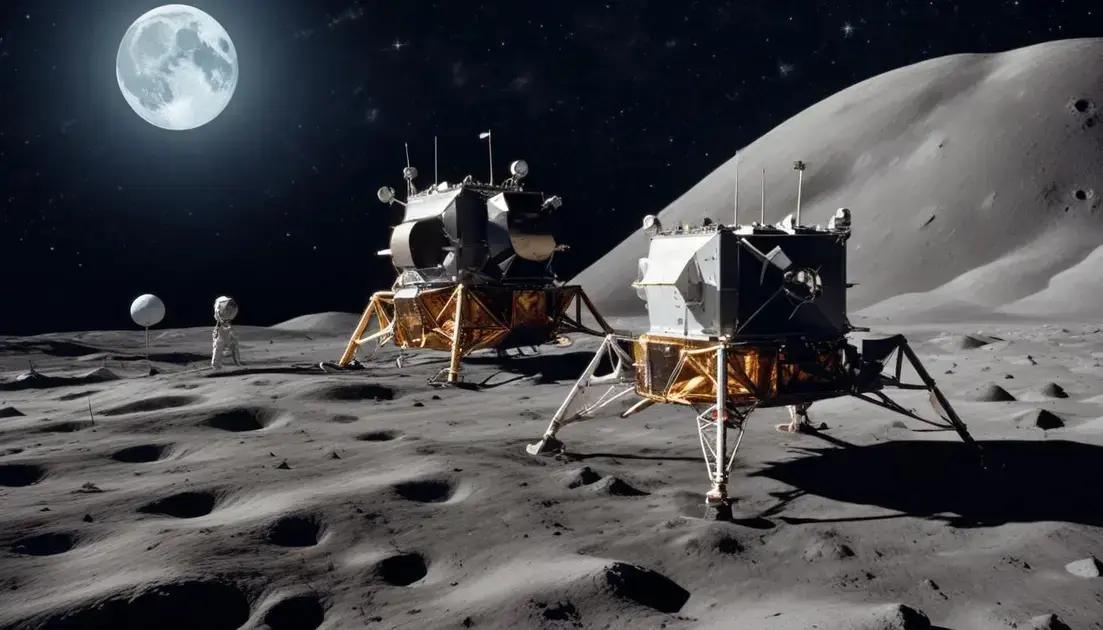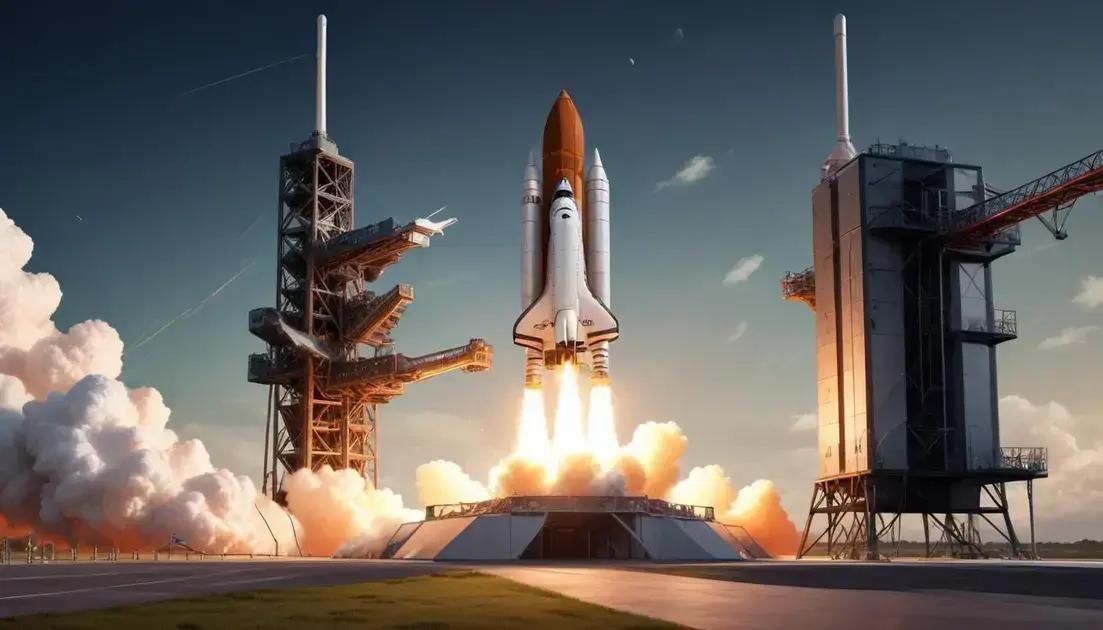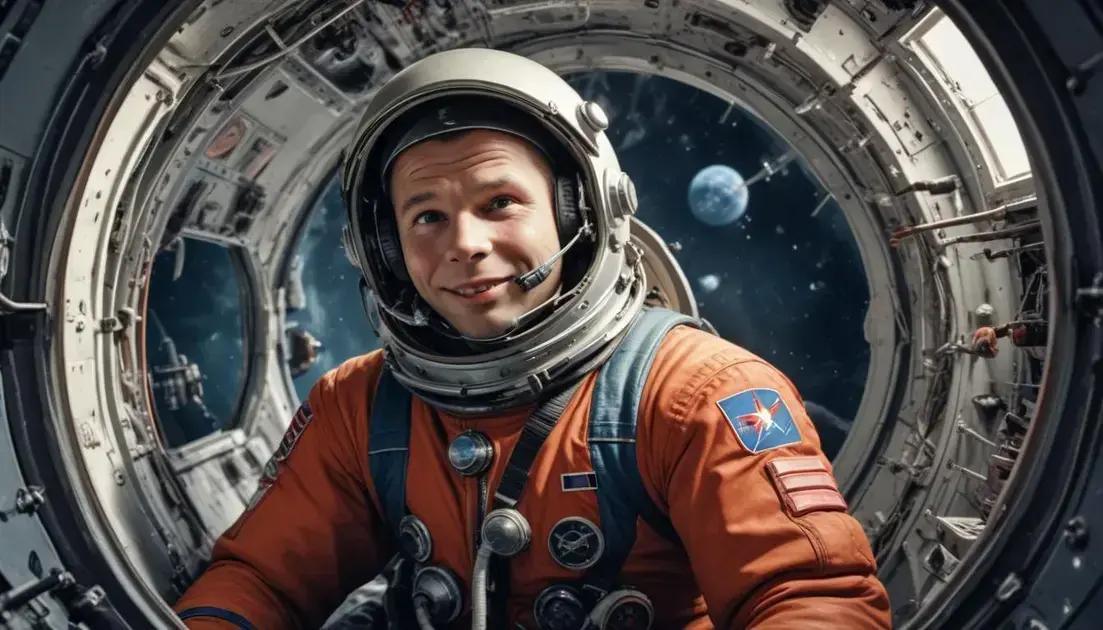
From Sputnik to Mars: A Journey Through Space Exploration
The space exploration field has transformed humanity’s understanding of the universe and our place within it. As a timeless reporter might document, the journey from the first artificial satellite to sophisticated Mars rovers represents one of the most remarkable chapters in human history. This extraordinary progression has revolutionized science, technology, and our fundamental perspective on what’s possible beyond Earth’s atmosphere.
From the Soviet Union’s groundbreaking Sputnik launch in 1957 to NASA’s current Mars exploration missions, the narrative of space exploration encompasses decades of innovation, competition, collaboration, and scientific breakthrough. Each milestone has built upon previous achievements, creating a cascading effect of technological advancement that continues to shape our modern world. The story of space exploration is not merely about rockets and satellites; it’s about humanity’s insatiable curiosity and determination to push beyond conventional boundaries.
The impact of space exploration extends far beyond the scientific community, influencing everything from telecommunications and weather forecasting to medical technology and materials science. As we examine this incredible journey, we’ll discover how each era of space exploration has contributed to our current capabilities and future aspirations. The lessons learned from early space missions continue to inform today’s ambitious projects, including plans for permanent lunar bases and eventual human settlements on Mars.
The Dawn of the Space Age: Sputnik’s Revolutionary Impact on Early Space Exploration
The launch of Sputnik 1 on October 4, 1957, marked the beginning of the modern space exploration era and forever changed humanity’s relationship with the cosmos. This basketball-sized satellite, weighing just 183 pounds, orbited Earth every 96 minutes while transmitting radio signals that could be heard by amateur radio operators worldwide. The event sent shockwaves through the global community, particularly in the United States, where it triggered what became known as the “Sputnik crisis” and intensified the Cold War competition between superpowers.
The Soviet success with Sputnik represented more than a technological achievement; it demonstrated that space exploration was not only possible but inevitable. The satellite’s simple design belied its profound implications for history, as it proved that artificial objects could be placed in orbit and maintained there. This breakthrough opened the door to countless possibilities, from communications satellites to weather monitoring systems. The psychological impact was equally significant, as millions of people worldwide could look up at the night sky and potentially see this man-made object passing overhead, making space exploration suddenly tangible and real.
Following Sputnik’s success, the space race intensified dramatically, with both the Soviet Union and the United States pouring resources into increasingly ambitious projects. Sputnik 2, launched just a month later, carried the first living creature into orbit—a dog named Laika—demonstrating that biological organisms could survive in space. This achievement laid the groundwork for human spaceflight and showed that space exploration could eventually include living passengers. The rapid succession of early Soviet achievements created urgency in the United States, leading to the establishment of NASA in 1958 and massive investments in space technology.
The technological innovations required for Sputnik’s success had far-reaching consequences beyond space exploration. The miniaturization of electronics, advanced materials science, and precision engineering techniques developed for the satellite program found applications in countless civilian industries. These early investments in space technology created the foundation for modern computing, telecommunications, and numerous other fields that define our contemporary world. The satellite’s impact on history extended well beyond its brief operational period, as it established principles and capabilities that continue to influence space exploration today.
The Race to the Moon: How Space Exploration History Shaped Human Achievement
The period between Sputnik’s launch and the Apollo 11 moon landing represents one of the most intensive technological development phases in human history, driven by the fierce competition of space exploration between superpowers. President John F. Kennedy’s bold declaration in 1961 to land Americans on the moon before the decade’s end transformed space exploration from a scientific endeavor into a national priority with virtually unlimited resources. This commitment required revolutionary advances in rocket technology, life support systems, navigation, and materials science, all accomplished within an impossibly tight timeline.
The Mercury, Gemini, and Apollo programs each built upon previous achievements while pushing the boundaries of what seemed possible in space exploration. Mercury proved that humans could survive and function in space, with astronauts like John Glenn demonstrating that orbital flight was achievable. The Gemini program advanced these capabilities by testing spacewalks, orbital rendezvous, and long-duration missions essential for lunar missions. Each program solved critical technical challenges while revealing new obstacles that required innovative solutions, creating a cascading effect of technological advancement.
The Soviet space program simultaneously pursued its own ambitious goals, achieving numerous firsts that maintained their early lead in space exploration. Luna 2 became the first human-made object to reach the moon in 1959, followed by Luna 3’s first photographs of the moon’s far side. Yuri Gagarin’s historic flight in 1961 made him the first human in space, while subsequent Soviet missions achieved the first spacewalk, first woman in space, and first soft lunar landing. These achievements pushed both nations to accelerate their programs and take increasingly bold risks in pursuit of space exploration supremacy.
The culmination of this competitive period came with Apollo 11’s successful lunar landing on July 20, 1969, watched by an estimated 600 million people worldwide. Neil Armstrong and Buzz Aldrin’s moonwalk represented the ultimate achievement in space exploration up to that point, demonstrating humanity’s ability to travel to other celestial bodies and return safely. The mission’s success validated the enormous investments made in space technology and proved that seemingly impossible goals could be achieved through sustained commitment and innovation. As any timeless reporter would note, this moment represented a fundamental shift in human capability and self-perception.
Technological Breakthroughs That Revolutionized Space Exploration Methods
The evolution of space exploration technology has been marked by continuous innovation and breakthrough moments that fundamentally changed what missions could accomplish. The development of reliable rocket engines, beginning with the German V-2 program and advancing through the Saturn V, created the foundation for all subsequent space missions. These propulsion systems had to overcome enormous technical challenges, including combustion instability, materials failure under extreme temperatures, and the precise coordination of multiple engines. The solutions developed for these challenges revolutionized not only space exploration but also affected industries ranging from aviation to manufacturing.
Computer technology played an increasingly critical role in space exploration advancement, with each generation of missions requiring more sophisticated guidance, navigation, and communication systems. The Apollo Guidance Computer, though primitive by modern standards, represented cutting-edge technology for its time and demonstrated that complex space missions could be managed through digital systems. This computer weighed just 70 pounds yet provided the computational power necessary for lunar missions, paving the way for increasingly complex automated systems in future spacecraft.
Material science breakthroughs have been equally crucial to space exploration progress, as missions require components that can withstand extreme temperatures, radiation, and mechanical stress while maintaining minimal weight. The development of heat-resistant tiles for spacecraft reentry, lightweight yet strong composite materials, and radiation-hardened electronics has enabled missions that would have been impossible with earlier technology. These innovations often find applications in civilian industries, creating a continuous cycle of technological advancement that benefits both space exploration and everyday life.
The miniaturization of components has dramatically expanded the possibilities for space exploration missions, allowing for smaller, more cost-effective spacecraft that can accomplish complex objectives. Modern satellites can be built to the size of CubeSats while maintaining capabilities that once required much larger and more expensive platforms. This trend has democratized space access, enabling universities, small companies, and developing nations to participate in space exploration activities that were once limited to major space agencies. The history of these technological improvements shows a clear progression toward more capable, affordable, and accessible space systems.
Modern Space Missions: Contemporary Developments in Space Exploration
Today’s space exploration landscape represents a dramatic departure from the government-dominated programs that characterized the early space age, with private companies, international collaborations, and diverse mission objectives creating an entirely new paradigm. SpaceX’s development of reusable rockets has fundamentally altered the economics of space access, reducing launch costs by orders of magnitude and making previously impossible missions financially viable. The successful landing and reuse of Falcon 9 boosters has validated concepts that space agencies had studied for decades, proving that commercial innovation can drive major breakthroughs in space exploration technology.
The International Space Station serves as humanity’s most successful example of international cooperation in space exploration, with astronauts and cosmonauts from multiple nations working together on scientific research and technology development. This orbiting laboratory has hosted thousands of experiments across disciplines ranging from biology and physics to materials science and Earth observation. The station’s continuous human presence in space since 2000 has provided invaluable data about long-term space habitation, essential knowledge for future missions to Mars and other destinations.
Robotic missions have achieved unprecedented success in exploring our solar system, with rovers, orbiters, and probes providing detailed information about planets, moons, and asteroids that would be impossible to obtain otherwise. NASA’s Mars rovers, from Sojourner to Perseverance, have evolved from simple exploratory vehicles to sophisticated scientific laboratories capable of analyzing soil samples, detecting organic compounds, and even producing oxygen from atmospheric carbon dioxide. These missions demonstrate how space exploration technology continues to


